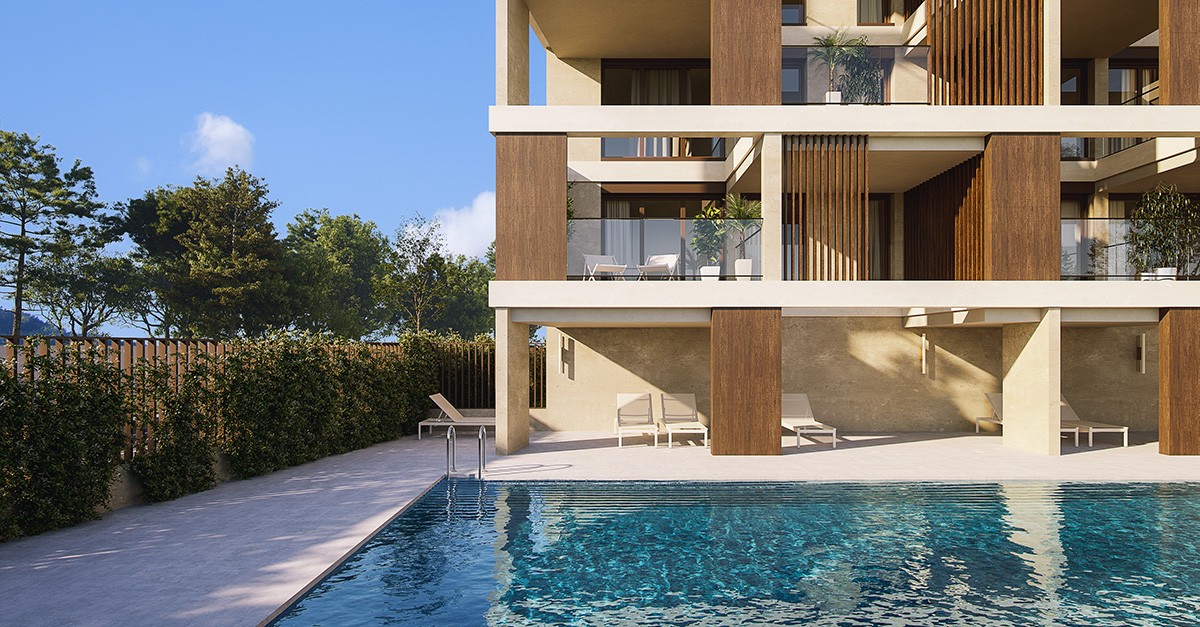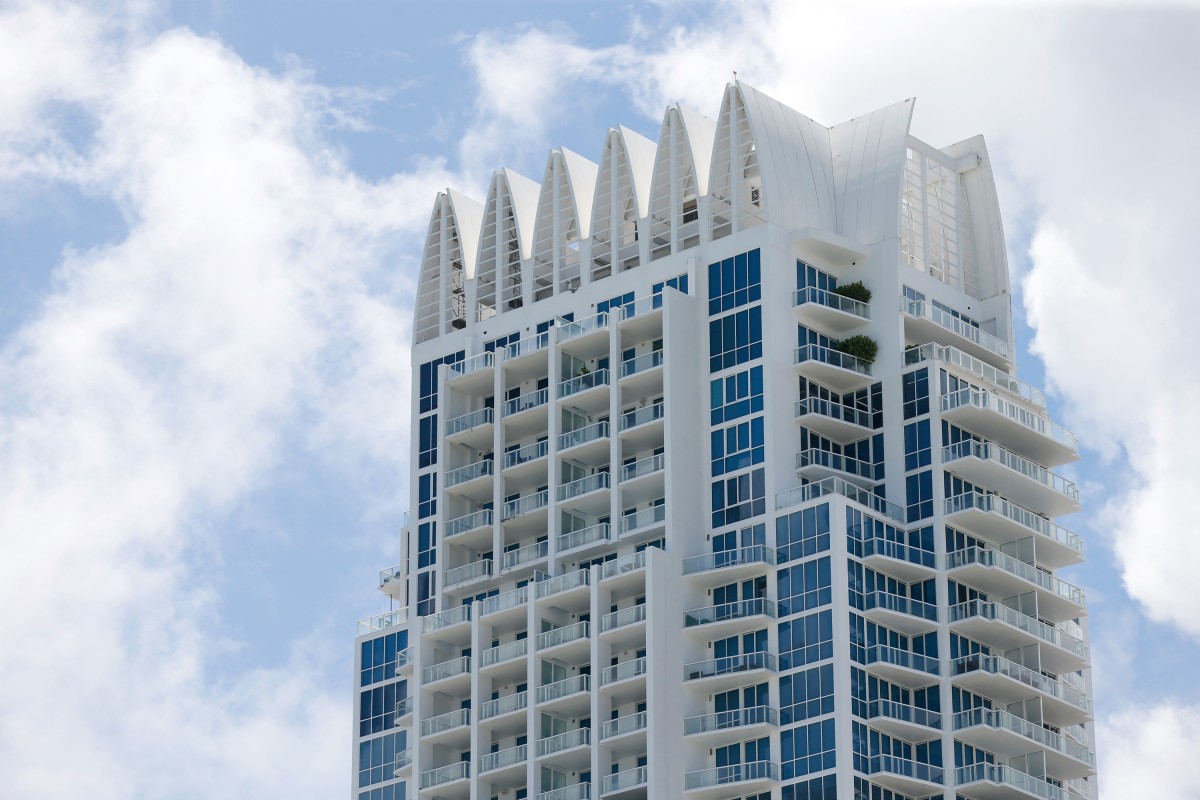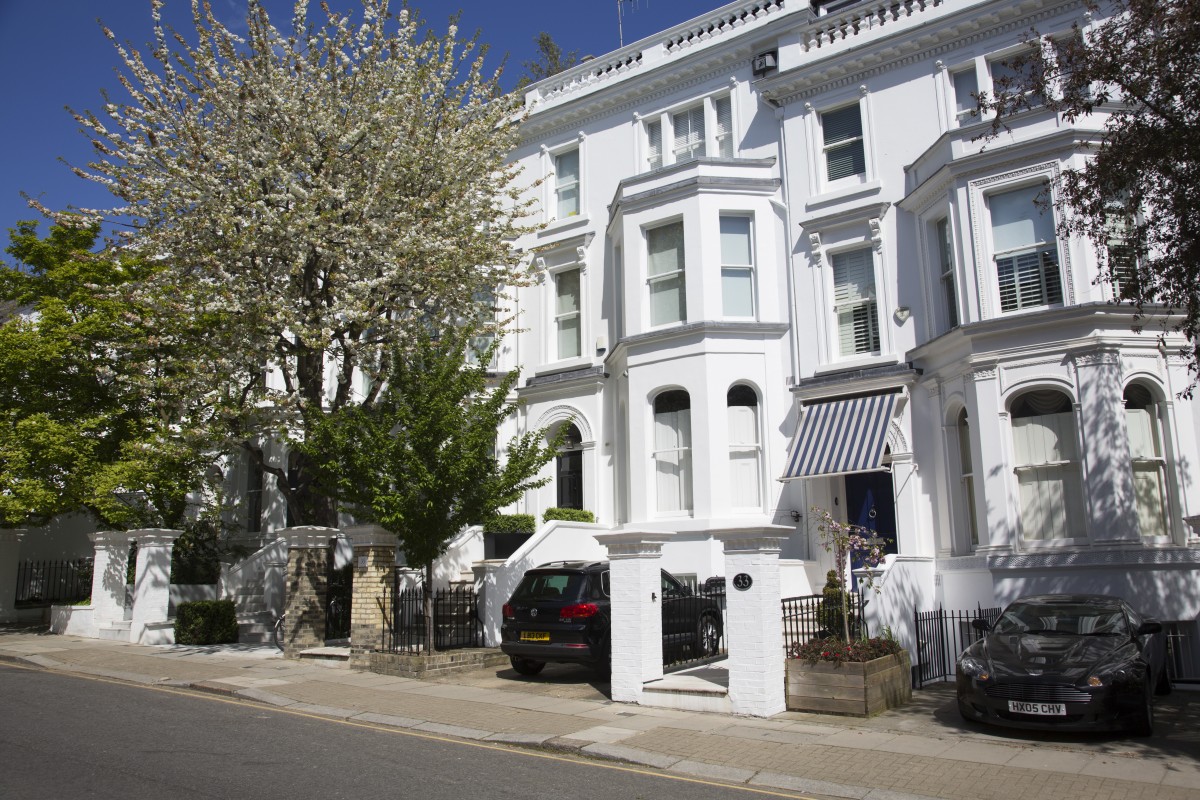
Purchasing power has varied significantly across luxury housing markets since 2014, with "drastic shifts in purchasing power over the past decade," according to real estate consultancy Knight Frank's latest report, The Wealth Report 2025, on the luxury real estate market.
The purchasing power of a high-end home – based on the space that can be acquired for $1 million (approximately €879,368 at the current exchange rate) – has seen substantial changes in prominent markets such as Dubai, Miami and Lisbon over the past 10 years, with purchasing power having fallen by more than 50%.

In 2014, $1 million could buy up to 188 m² in Dubai, but today, it barely covers 78 m², marking a 59% drop in the purchasing power of luxury homes in this UAE city.
Miami is another market that has seen explosive growth over the past decade. The iconic Florida city has witnessed a sharp increase in premium housing prices. While in 2014, $1 million could purchase homes of up to 126 square metres, by 2024, that same amount will only buy just 58 square metres.
Lisbon ranks as the third prime destination where purchasing power has most significantly declined in the past decade, falling by 51%. In the Portuguese capital, $1 million would have bought 187 m² in 2014, but by 2024, it will only secure 92 m² – almost a 100 m² difference.
Shanghai (-47%), Los Angeles (-46%) and Berlin (-42%) are also experiencing a decline in luxury home purchasing power of over 40%. In Shanghai, $1 million bought 83 m² a decade ago, but now it only covers 44 m². In Los Angeles, the same amount that once purchased 68 m² in 2014 now buys just 37 m². Meanwhile, in Berlin, the price has fallen from 118 m² to 69 m² in just 10 years.
Madrid (-35%) joins the group of cities where purchasing power has dropped by more than 30%, alongside Tokyo (-34%) and Sydney (-33%). In 2014, €1 million could buy up to 136 m² in the Spanish capital, but now it’s only enough for 89 m².

Not all of the world’s major luxury housing markets have seen declines in purchasing power. London stands out above all, with purchasing power soaring by 43%, driven in part by price corrections and currency fluctuations. While a decade ago, $1 million would barely afford 23 square metres in the British capital, today it secures 34 square metres.
Alongside London, Monaco (5%) remains the most expensive luxury housing market in the world. This slight increase has allowed the purchasing power of a premium home to rise from 18 m² in 2014 to 19 m². New York (2%) is the third top market where purchasing power for luxury homes has improved, growing from 33 m² to 34 m² over the past decade.

